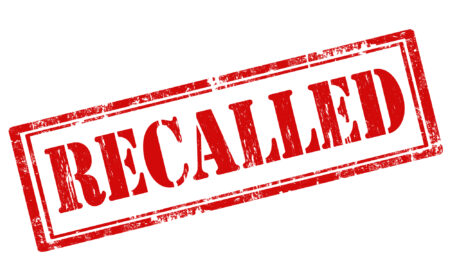In a recent article in Fortune magazine, “If Hospitals Made Efforts to Go Green, Health Care Costs Would Go Down,” authors Thiel and Whelan put a much needed spotlight on the entrenched and neglected problem of waste in healthcare due to the lack of effective hospital inventory management systems. They note, for example, how many millions of single use gloves are used to vaccinate healthcare workers in the U.S and then disposed of, even though neither the CDC nor OSHA requires them for routine vaccination procedures. The result: “If all 18 million health care workers in the U.S. receive a flu vaccine this year, that would be 594 metric tons of garbage, and over 1,800 metric tons of greenhouse gases (if the gloves are landfilled). They also point out how polluting the health care industry is in industrialized countries: according to their sources, health care is responsible for “5% of the UK’s greenhouse gases, 4.6% of Canada’s, 7% of Australia’s, and 10% of U.S. greenhouse gases.”
Additionally, the authors point to a study from U.C. San Francisco which found that by getting rid of open but unused items from neurosurgical procedures, the neurosurgical department could save up to $2.9 million per year in supply costs. This study was published in the Journal of Neurosurgery and showed that, “Accounting for the different case distribution in the 58 selected cases, the authors estimate approximately $968 of OR waste per case, $242,968 per month, and $2.9 million per year, for their neurosurgical department.” This particular study was focused on quantifying the waste involved with disposable supplies being opened, but not used, for procedures, which must then be disposed of. And these items are typically just thrown in the trash – not even recycled or repurposed.
VUEMED knows only too well the high cost of waste. Indeed, preventing waste is a key objective of ours – not just financial waste but environmental as well, which so often go hand in hand as we see in this particular case. In our work with hospitals, we’ve seen spikes of up to $30K of waste per month due to opened, not used items. It’s absolutely critical for hospitals to monitor this metric in order to see which changes should be put in place so that this type of waste doesn’t become a pattern.
Unfortunately, this is not the only circumstance where waste occurs. With our customers, we typically see 5% to 10% of supplies (by value) at risk of expiration on a monthly basis, and up to 25% of owned, on-hand clinical supplies inventory (in value) sitting around for at least 12 months, never used. Indeed, up to 30% of on-hand inventory (in value) is typically over and above the levels needed to support actual utilization.
These problems of waste are largely due to the failure of healthcare institutions to put in place effective hospital inventory management systems, despite the fact that supplies and implants constitute the single largest expense in hospitals after labor. Hospitals have a moral and fiscal obligation to take these types of waste seriously by examining utilization, supplies management, and reordering decisions through the use of metrics (KPIs) that show the connections between supplies and performance. And then hospitals must follow up with the implementation of technology solutions that make such waste obsolete. Once we put an inventory management program in place, for example, the risk of products expiring on the shelves goes down to well below 1%.
Without an effective 21st century supply chain and materials management solution, hospitals will continue to: (a) waste millions of dollars on supplies that expire or are thrown in the trash without ever being used; (b) have recalled or expired products entering procedure rooms and being used in patients; (c) see bloated inventories crowding shelves; and (d) be plagued by documentation and billing errors that either cause lost revenue for the hospital or expose it to insurance fraud. A modern hospital with state-of-the-art patient care technology and protocols needs to be able to rely on an equally reliable and modern supply chain technology and workflow.





